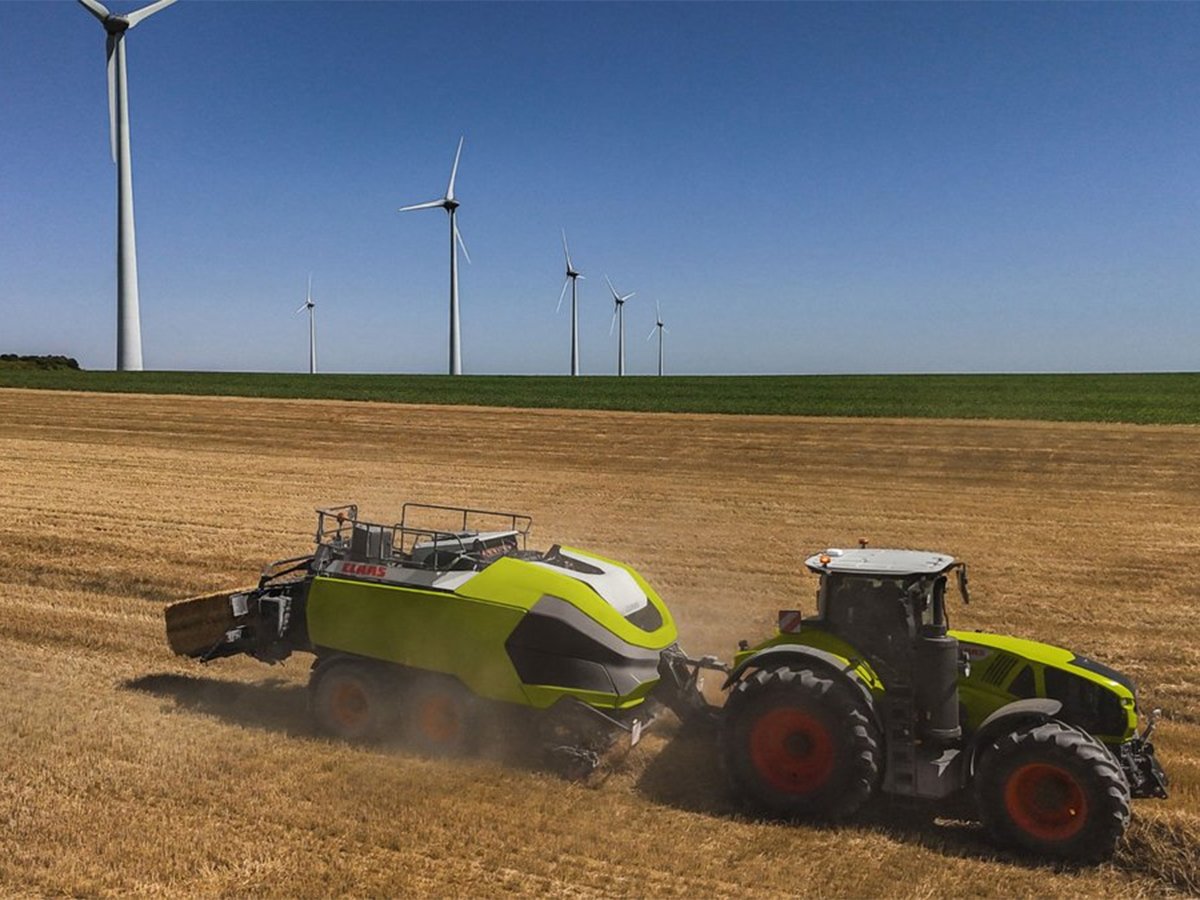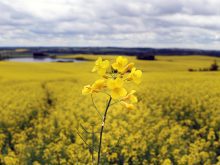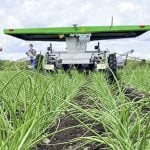After warming the bench for years, flax may finally get a chance to show its stuff in the field.
Over the last several months, Canadian flax researchers have received more than $20 million in funding for two projects:
- Genome Canada and the Saskatchewan grower’s association, SaskFlax, have committed $12 million to help researchers develop a fully-sequenced genome for flax.
- In March, Agriculture Canada announced $9.6 million to create Natural Fibres for the Green Economy Network (NAFGEN), a collaboration between government, academic and industry researchers to develop the commercial potential of flax and hemp fibres.
Read Also

Machinery automation runs through 2025 Agritechnica innovation awards
Computer vision and AI processing for farm machinery show up many times in Agritechnica’s 2025 innovation award winners.
These projects put flax research on firmer footing in Canada, says Scott Duguid, a flax breeder with Agriculture Canada.
“If you look at other crops, like wheat, barley, corn and soybeans, they have a lot of tools that they can use for breeding purposes,” said Duguid, who works at the department’s research centre in Morden, Man.
“What I’m seeing now is the same sort of thing being developed for flax.”
He said the flax funding is comparable to support canola received two decades ago.
“If you look at canola and you think back to what happened to canola, maybe about 20 years ago, there was an influx of funding into research and development.”
Canola acreage in Canada has grown much faster than flax over the last 15 years, based on Canadian Grains Council data.
In 1993-94, Canadian farmers seeded 1.3 million acres of flax and 10.3 million acres of canola. In 2008-09, Canadian producers seeded 1.5 million acres of flax and 16.5 million acres of canola.
However, Canadian Flax Council president Barry Hall said the flax market is changing. Industrial use has historically been the primary market for flaxseed oil, but demand from other markets is growing, such as functional foods.
“To put a firm number on it is kind of hard, but I would say that now 20 percent goes into non-traditional (markets),” he said.
“We’re still heavily dependent on the industrial market, but that is slowly shifting over.”
Duguid said the funding for NAFGEN will support the science to develop the value chain for flax fibre, a critical component of the crop’s potential.
“We need to build upon an opportunity here,” he said.
“And the straw is an opportunity that we really haven’t taken advantage of.”
An Agriculture Canada news release promoting the NAFGEN funding noted that flax fibre has a wide variety of uses, including a replacement for fibreglass in manufacturing and to make cloth, paper and string.
However, developing the value chain for flax, from production to commercial uses, begins with plant breeding, which is what Duguid will be studying in the lab and in test plots at Morden.
Working with flax breeder Gordon Rowland of the Crop Development Centre in Saskatoon, Duguid is hoping to develop a molecular marker for fibre content.
“It’s part of the tools the breeder needs,” he said.
In addition, Duguid and other researchers will study the agronomy of flax fibre, trying to answer questions on how seeding dates and nitrogen fertilizer affect fibre production.
“We’ve looked at nitrogen fertilization in terms of the seed, but no one has really looked at the perspective of how does this help the straw. Or does it?” he said.
One objective of the research is to develop a flax variety and crop management practices that produce more consistent fibre content in the crop.
Most flax varieties have 15 to 22 percent fibre, Duguid said, but within a field there may be a wide range of fibre content, which creates problems for manufacturers.
“If they are making a board product … they don’t want to be seeing the fibre content drop down all of a sudden. It’s quality control.”
Agriculture Canada scientists in Swift Current, Sask., are also using NAFGEN funding to develop best management practices for harvesting flax fibre.
“It’s really critical when you work with flax as a fibre crop that you do the harvest system correctly,” said Mark Stumborg of the Semiarid Prairie Agricultural Research Centre.
Stumborg and his colleagues will study alternative harvest methods for flax fibre, including using a macerator, which splits straw lengthwise and speeds up retting.















